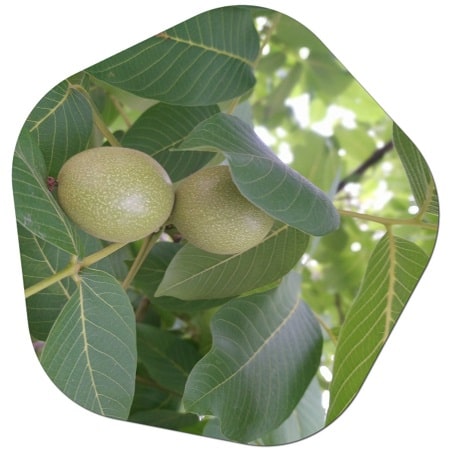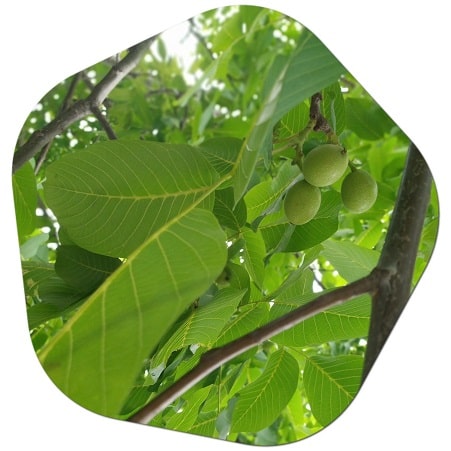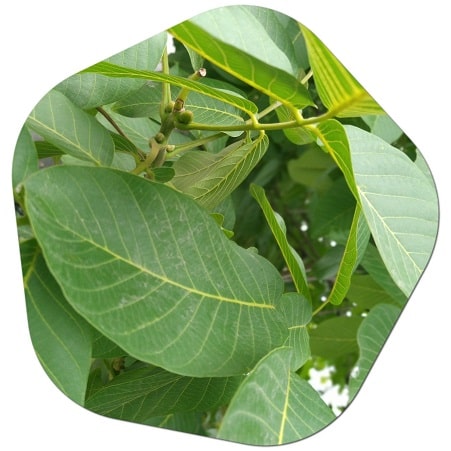Where can walnut trees grow in America?
Walnut trees can grow in various regions of America, although their distribution may vary depending on the specific species of walnut. In general, walnut trees are found in both the eastern and western parts of the United States. Here are some key regions where walnut trees can grow:
- Eastern Black Walnut (Juglans nigra): This species is native to the eastern and central United States. It can be found in states such as Ohio, Indiana, Illinois, Missouri, Kentucky, Tennessee, Arkansas, and Oklahoma.
- California Black Walnut (Juglans californica): This species is native to California and can be found along the coast and in the central part of the state.
- Arizona Walnut (Juglans major): This species is native to Arizona and can be found in various regions of the state, particularly in canyons and riparian areas.
- Texas Walnut (Juglans microcarpa): This species is native to Texas and can be found in the central and western parts of the state.
- Butternut (Juglans cinerea): Butternut trees are native to the eastern United States and can be found in states such as Minnesota, Wisconsin, Michigan, New York, Pennsylvania, and southern New England.

It’s important to note that specific growing conditions, including climate, soil type, and elevation, can affect the success of walnut tree growth in a particular area. Additionally, some species may have a more limited distribution within the regions mentioned.
What is the best walnut growing state in America?
The “best” state for growing walnuts in America can depend on various factors, including the specific species of walnut being grown, climate conditions, soil quality, and market demand. Different species of walnuts thrive in different regions, so it’s important to consider the suitability of the species to the local climate and growing conditions.
California is often regarded as one of the top states for walnut production in the United States. The state has a long history of successful walnut cultivation and is known for its favorable climate and extensive orchards. California produces a significant portion of the nation’s walnuts, with the Central Valley region being particularly well-suited for walnut cultivation.
Other states with substantial walnut production include Oregon, Washington, and Missouri. These states have favorable growing conditions for certain species of walnuts and have a significant presence in the walnut industry.

It’s worth noting that walnut production can be successful in various regions across the country, and factors such as local expertise, infrastructure, and market access can also influence the success of walnut cultivation in a particular state. Farmers and orchardists in different regions may have their own experiences and preferences based on their specific circumstances and goals.
How to care for a walnut tree in the United States?
Caring for a walnut tree in the United States involves several key considerations, including providing the tree with proper planting, watering, fertilizing, and pruning. Here are some general guidelines for caring for a walnut tree:
- Planting:
- Select a suitable location: Choose a site with well-drained soil and good sun exposure. Walnut trees prefer deep, fertile soil.
- Dig a proper planting hole: Make sure the planting hole is wide and deep enough to accommodate the tree’s root system. Loosen the soil around the hole to encourage root growth.
- Planting depth: Set the tree at the same depth it was in the nursery container or with the bud union (graft) slightly above the soil surface.
- Mulching: Apply a layer of organic mulch around the base of the tree, leaving a gap around the trunk to prevent moisture accumulation and rot.
- Watering:
- Provide regular watering: Newly planted walnut trees require consistent watering until established. Water deeply but infrequently to encourage deep root growth.
- Monitor soil moisture: Check the moisture level in the soil regularly and adjust watering accordingly. Avoid overwatering, as walnut trees are susceptible to root rot.
- Fertilizing:
- Soil testing: Conduct a soil test to determine nutrient deficiencies. Walnut trees typically benefit from balanced fertilizers containing nitrogen, phosphorus, and potassium, along with micronutrients.
- Timing of fertilization: Apply fertilizer in early spring before the growing season begins. Follow the recommended rates based on the soil test results and the tree’s age and size.
- Pruning:
- Prune in late winter: Pruning walnut trees during their dormant period helps promote healthy growth. Remove dead, diseased, or damaged branches. Thin out crowded areas to improve airflow and sunlight penetration.
- Shape the tree: Train the tree to have a strong central leader and well-spaced lateral branches. Remove any competing leaders.
- Prune for maintenance: Regularly remove suckers, water sprouts, and any low-hanging branches. Avoid heavy pruning, as it can impact fruit production.
- Pest and disease management:
- Monitor pests: Keep an eye out for pests like walnut aphids, codling moths, and walnut husk flies. Use integrated pest management techniques, including natural predators and traps, to manage pest populations.
- Disease control: Watch for diseases such as walnut blight and root rot. Follow recommended cultural practices, including proper sanitation and appropriate fungicide applications when necessary.
Remember that these care guidelines are general and may vary depending on the specific species of walnut, regional climate, and individual tree conditions. Consulting local agricultural extension services or arborists can provide more tailored advice based on your specific location.
What is the best type of walnut grown in America?
In America, the two most commonly cultivated walnut species are the Eastern Black Walnut (Juglans nigra) and the English Walnut or Persian Walnut (Juglans regia). Each species has its own characteristics and qualities, making it difficult to definitively determine the “best” type of walnut. The preference for a particular walnut type can vary depending on factors such as taste, nut size, ease of cracking, and adaptability to local growing conditions.

Here are some key points about each species:
- Eastern Black Walnut (Juglans nigra):
- Native to the eastern and central United States.
- Known for its rich flavor and distinct, robust taste.
- Typically smaller in size compared to English walnuts.
- The shell is harder and more difficult to crack compared to English walnuts.
- It is often used for baking, cooking, and in confectionery products.
- English Walnut or Persian Walnut (Juglans regia):
- Not native to North America but widely cultivated in various regions, including California.
- Known for its mild and sweet flavor.
- Generally larger in size compared to Eastern Black Walnuts.
- The shell is thinner and easier to crack than Eastern Black Walnuts.
- English walnuts are commonly used for snacking, culinary purposes, and in the production of walnut oil.
Both Eastern Black Walnuts and English Walnuts have their own unique qualities and are valued for different purposes. Personal preferences and intended usage, such as baking, cooking, or snacking, can influence which type of walnut is considered the “best” for an individual. Information about walnut trees growing in America >>





